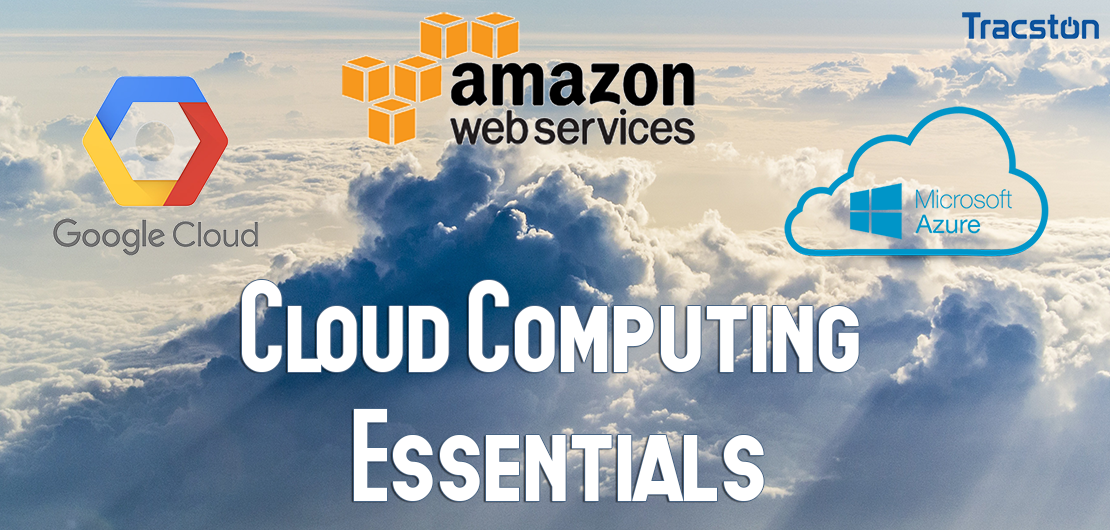
Cloud Computing is a new form of Internet-based computing that provides shared computer processing resources and data to computers and other devices on demand. It is a model for enabling ubiquitous, on-demand access to a shared pool of configurable computing resources (e.g., computer networks, servers, storage, applications and services), which can be rapidly provisioned and released with minimal management effort. Basically, Cloud computing allows the users and enterprises with various capabilities to store and process their data in either privately owned cloud, or on a third-party server in order to make data accessing mechanisms much more easy and reliable. Data centers that may be located far from the user–ranging in distance from across a city to across the world. Cloud computing relies on sharing of resources to achieve coherence and economy of scale, similar to a utility (like the electricity grid) over an electricity network.
Amazon Web Services (AWS) – is a subsidiary of Amazon.com that provides on-demand cloud computing platforms to individuals, companies and governments, on a paid subscription basis. The technology allows subscribers to have at their disposal a virtual cluster of computers, available all the time, through the Internet
Microsoft Azure – is a cloud computing service created by Microsoft for building, testing, deploying, and managing applications and services through a global network of Microsoft-managed data centers.
Google Cloud Computing – Platform is a suite of public cloud computing services offered by Google. The platform includes a range of hosted services for compute, storage and application development that run on Google hardware.
Objectives
This course is designed to introduce you to fundamental Amazon AWS, Microsoft Azure and Google cloud computing and concepts including infrastructure, building your own solution, management, Security, logging, and development methods. It also covers security-related compliance protocols and risk management strategies
